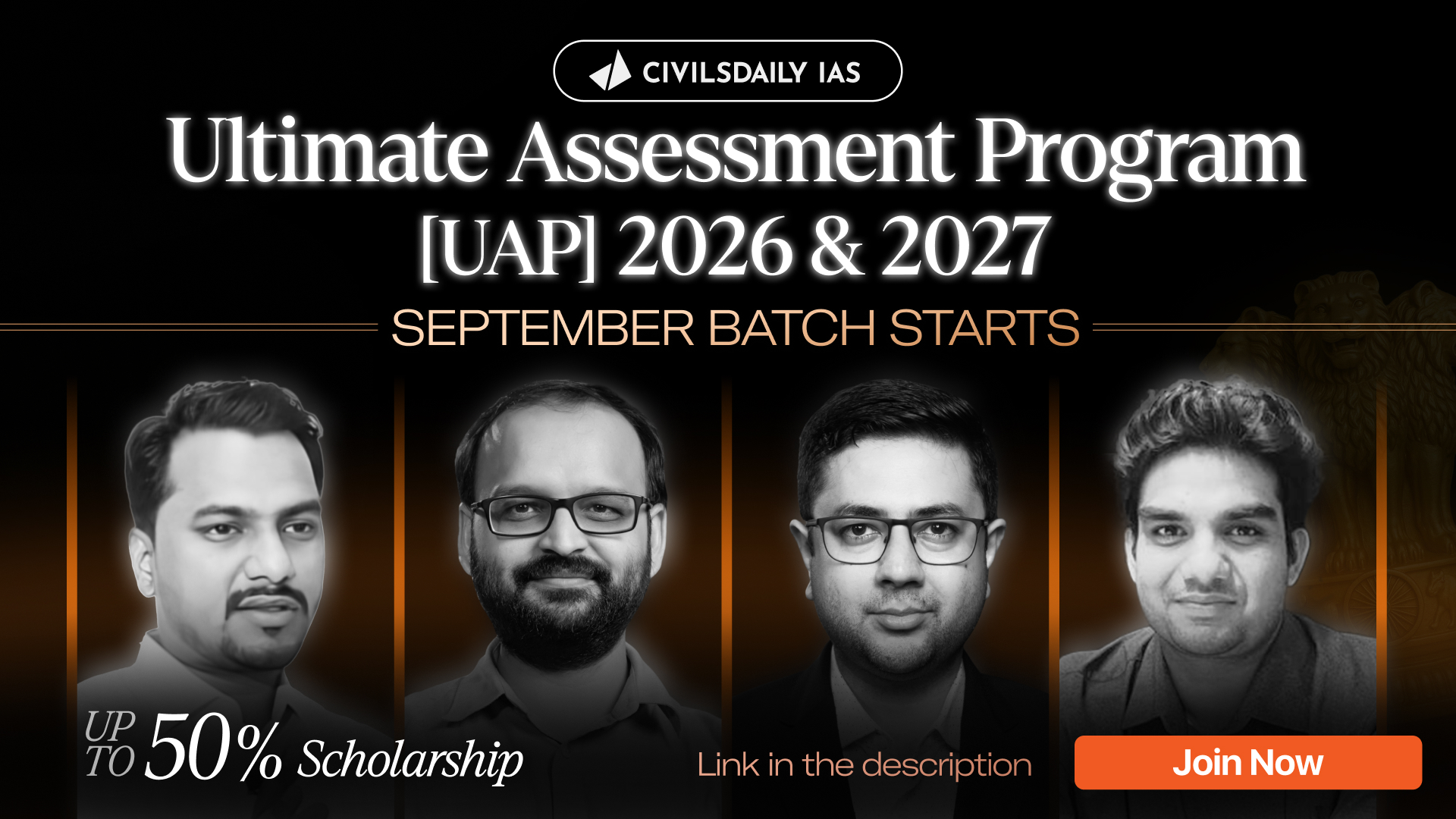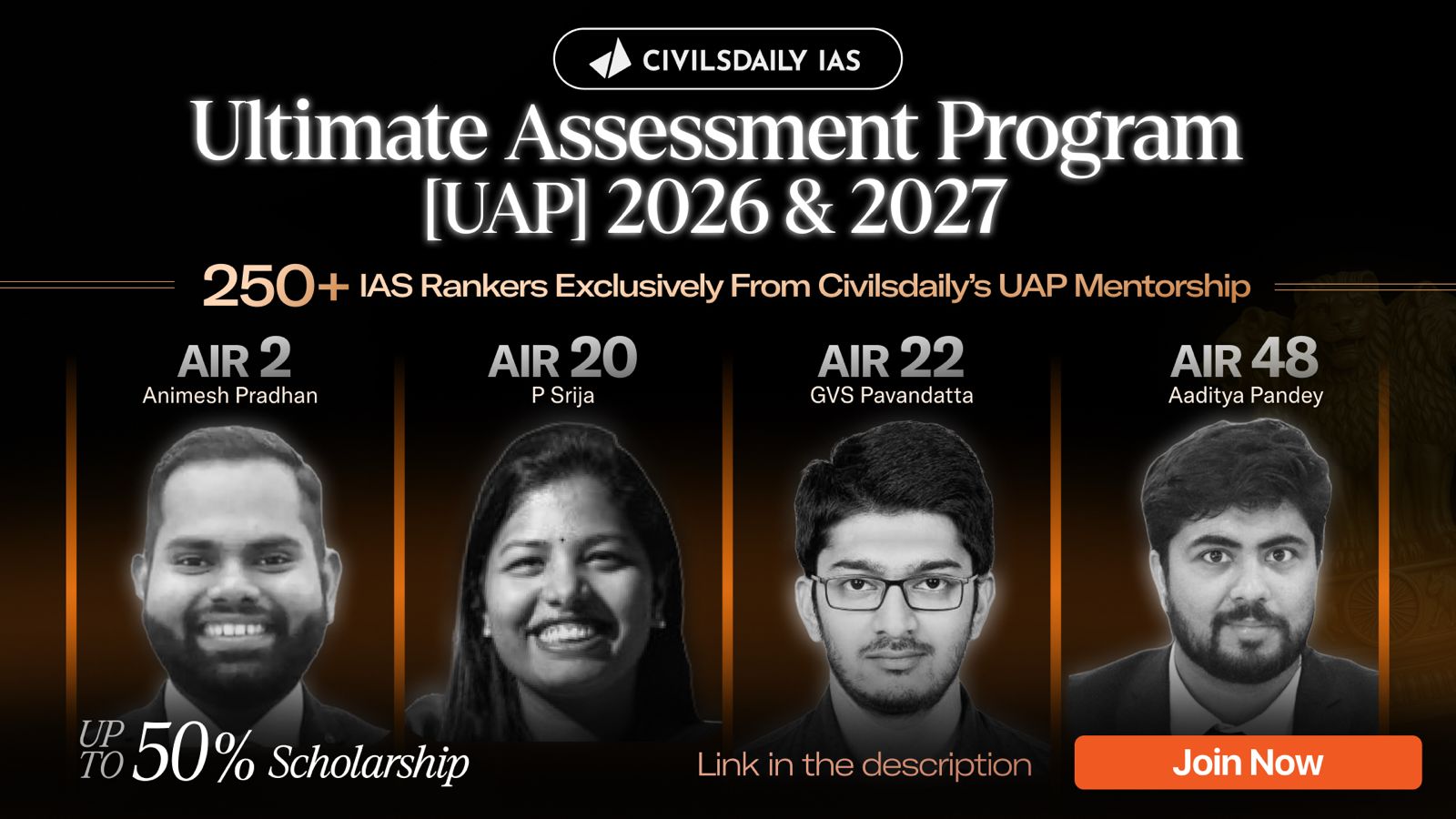Why in the News?
Recently, President’s Rule in Manipur has been extended by another six months from August 13, 2025, amid an ongoing ethnic conflict between the Kuki-Zo and Meitei communities.
What led to the decline in misuse of the President’s Rule?
- S.R. Bommai Judgment (1994) – Judicial Review Introduced: The Supreme Court ruled that the President’s decision under Article 356 is subject to judicial review. Eg: This judgment set a precedent for checking arbitrary dismissals of State governments.
- Rise of Coalition Politics and Regional Parties: Since the 1990s, strong regional parties became key players in national coalitions, reducing the Centre’s dominance. Eg: Parties like TDP, DMK, and TMC gained influence during UPA and NDA regimes, deterring misuse.
- Increased Public Awareness and Media Scrutiny: Growing media vigilance and civil society activism led to public opposition against politically motivated President’s Rule. Eg: Protests and legal action followed the controversial imposition of President’s Rule in Uttarakhand (2016).
- Strengthening of Federal Values and Political Maturity: A maturing democracy and greater respect for federalism encouraged restraint in using Article 356. Eg: Even in politically complex States like Tamil Nadu or Maharashtra, elected governments were allowed to continue despite crises.
- Legal and Political Repercussions of Misuse: Judicial reversals and reputational damage have made misuse risky for ruling parties at the Centre. Eg: Arunachal Pradesh (2016) – SC restored the dismissed government, exposing the misuse of President’s Rule.
Why was President’s Rule extended in Manipur?
- Continued Ethnic Conflict and Fragile Peace: The deep-rooted ethnic tensions between the Kuki-Zo and Meitei communities remain unresolved. Though violence has reduced, the situation is still fragile, and buffer zones continue to segregate communities.
- Political Vacuum after Resignation of N. Biren Singh: The resignation of the Chief Minister and collapse of the elected BJP government led to a governance void, necessitating central intervention.
- Need for Security and Rule of Law: Despite some return of displaced families, the situation requires de-weaponisation and control of militant groups. President’s Rule enables stronger administrative and security measures to restore normalcy.
What is the background history of the Manipur Crisis?
|
What role should the Centre play in resolving Manipur’s crisis? (Way forward)
- Foster Political Dialogue and Reconciliation: The Centre must take proactive political initiatives to bridge the ethnic divide and not leave the crisis entirely to bureaucracy and security forces. Eg: A central-led peace process involving both Meitei and Kuki-Zo groups can build trust and prevent hardliner dominance.
- Ensure Rule of Law and Demilitarisation: Continued action is needed to de-weaponise the region and curb militant groups that promote ethnic violence. Eg: The crackdown on armed groups since President’s Rule helped reduce open violence and enabled the return of displaced families.
- Support Inclusive Civil Society Engagement: The Centre should empower moderate voices and civil society organisations that seek peace and reconciliation.
Mains PYQ:
[UPSC 2023] Account for the legal and political factors responsible for the reduced frequency of using Article 356 by the Union Governments since mid 1990s.
Linkage: This question directly relates to President’s Rule, which is explicitly mentioned in the Manipur source as being extended due to the severe internal security challenges, despite its general decline since the 1990s due to factors like the S.R. Bommai judgment and the rising influence of regional parties. The Manipur situation is a contemporary example of Article 356’s application in a crisis.
Get an IAS/IPS ranker as your 1: 1 personal mentor for UPSC 2024

